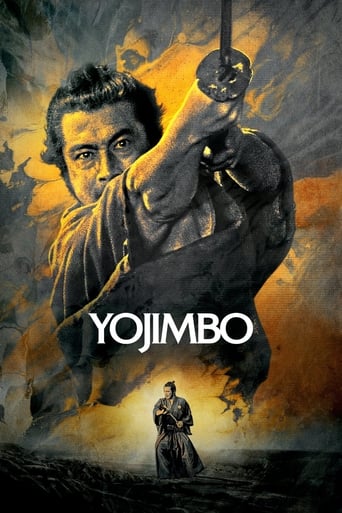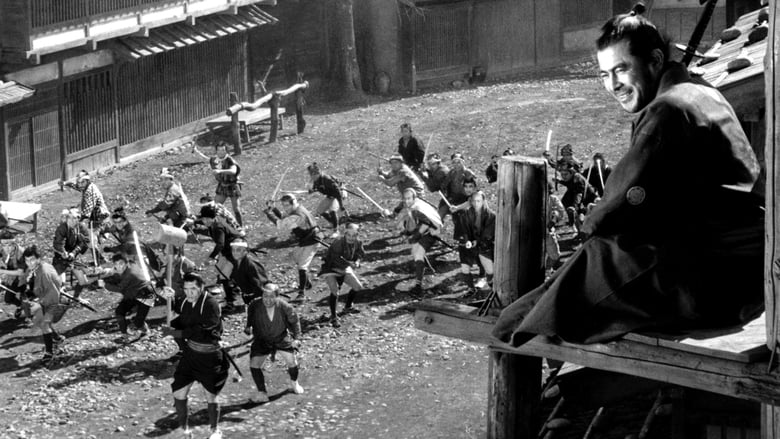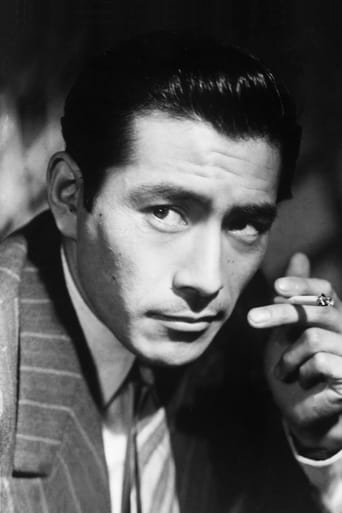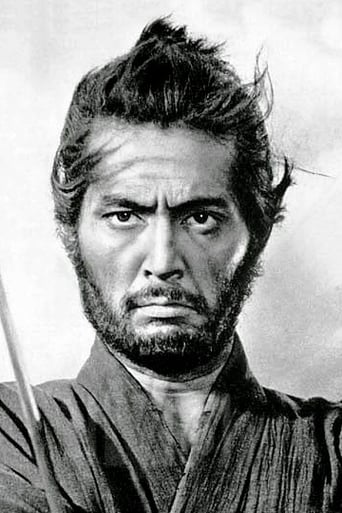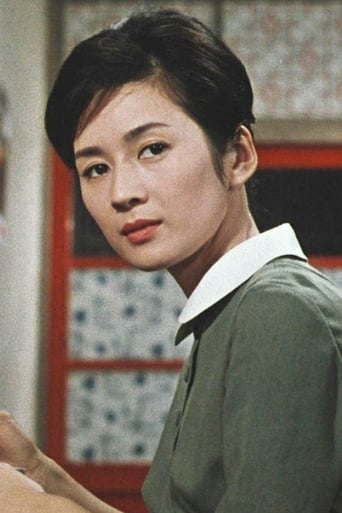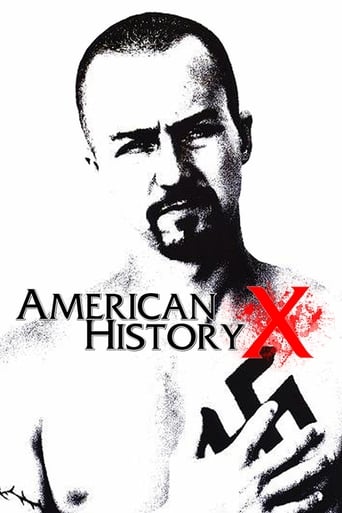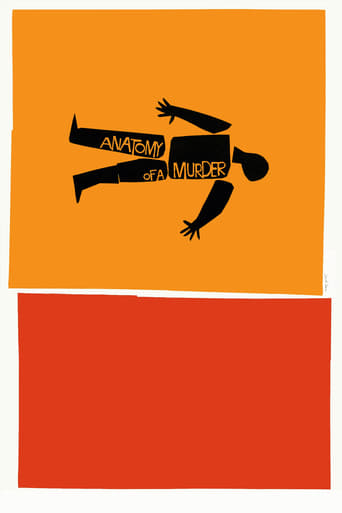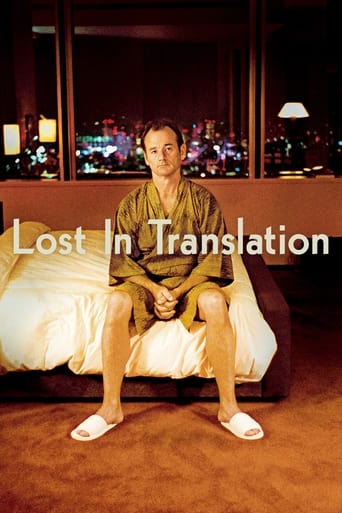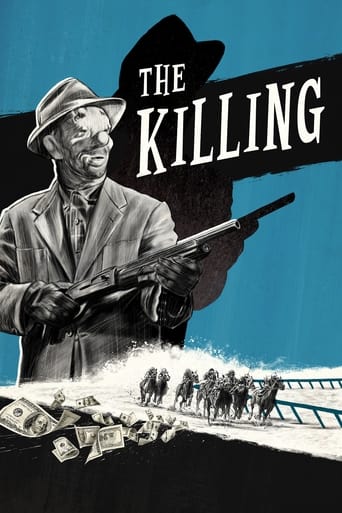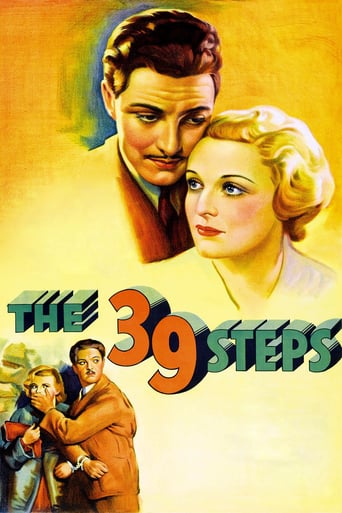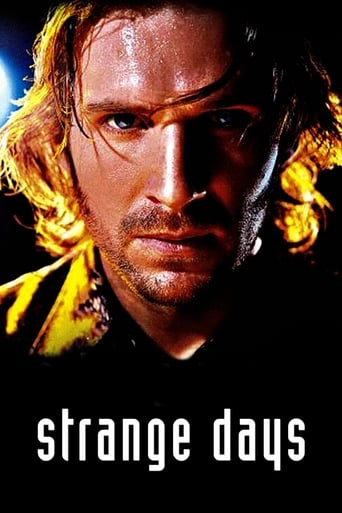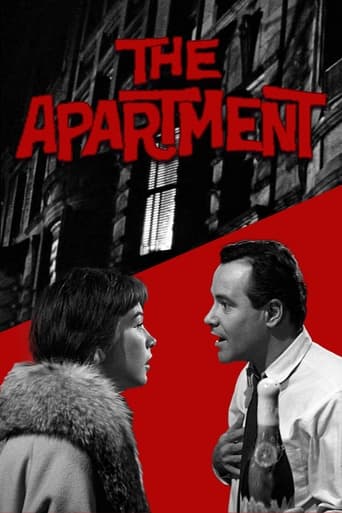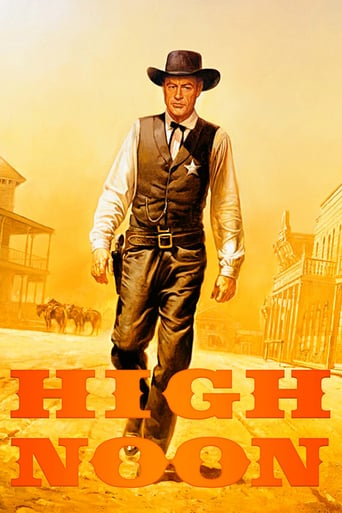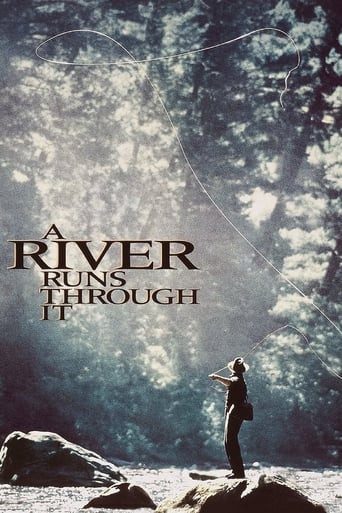Yojimbo (1961)
A nameless ronin, or samurai with no master, enters a small village in feudal Japan where two rival businessmen are struggling for control of the local gambling trade. Taking the name Sanjuro Kuwabatake, the ronin convinces both silk merchant Tazaemon and sake merchant Tokuemon to hire him as a personal bodyguard, then artfully sets in motion a full-scale gang war between the two ambitious and unscrupulous men.
Watch Trailer
Cast


Similar titles
Reviews
Expected more
A movie that not only functions as a solid scarefest but a razor-sharp satire.
It is encouraging that the film ends so strongly.Otherwise, it wouldn't have been a particularly memorable film
The film never slows down or bores, plunging from one harrowing sequence to the next.
First of the Yojimbo/Sanjuro set, Many of the shots which would be used in a Fistful of Dollars the start of Dollars trilogy. The Samurai walking in the town with the dog with severed hand in his mouth puts tone of the whole film in that one scene. This film has many more and overall you should this influential action masterpiece.
Yojimbo is another Akira Kurosawa movie that inspired many westerners, including Sergio Leone, the plot is good, even more at the time it was released, Akira's direction is great, he cuts right in, and great plans, But I admit that I found this movie a tedious one, maybe it is the expectation, I expected a movie well Ran level, but it is not, there are few action scenes, and there are several moments that seem to have a scene of action, and in the End is nothing, the soundtrack is very good, the photograph is also very good, even the film being black and white, impeccable costumes, and good performances, especially the protagonist, who is a great character, one of Akira's best Kurosawa, it's a short movie compared to Ran and The Seven Samurais, but anyway I found the rhythm slow, I was more excited watching Ran. Note 7.4
The opening credits are overlaid on the back of a samurai's head, and his feet, ragged sandals and all. Close-ups that give little indication of where he is going, until a dog turns up with a human hand and a father and son quarrel on giving up a boring life for high stakes gambling and fighting. He observes, even as he is momentarily pushed out of frame - he adjusts his shoulders, scratches his head, and continues on in his worn out clothes, clearly signalling that the time of the samurai is coming to an end. The violin is foreboding and in mourning. Some versions will insert ugly English captions over this sequence, but Kurosawa is not one of those directors that needs this sort of aide. Slowly and surely, we begin to understand this rōnin, this master-less warrior, the lonely wanderer of the western. He continues this facade as he enters the town. As he first encounters Ushitora's band of mercenaries, he is surrounded and buffeted by both background and foreground, and the mass of bodies and that gigantic hammer dwarfs him. Later, as he effortlessly cuts down three of them and establishes his ability, they eye each other on equal grounding. He makes a quip towards the casket maker that rivals Harmonica's about horses. He then walks with the same walk as he opened with, but which now carries an air of dominance and dismissiveness that he rides for much of the film. And the two sides react appropriately; they slobber over him, shower him with gifts and offers in hope of his allegiance. Kurosawa makes the two sides distinct. The town is conveniently aligned much like the prototype western settlement, with a runway down the middle for those dramatic confrontations. To the side, innocents peep out from behind shutters and bars, too frightened and held hostage by the warring factions in their little village. There are some immaculately detailed shots that layer several perspectives in their deep focus; the worrying father, the conceding mother, Sanjuro musing. There is a genius segment in the inn, where Sanjuro observes the conflict from all perspectives. First he physically separates the two sides of the frame from the centre, as Inochicki goads the casket maker and he thinks on his approach. Then, he tracks and follows the band of thugs through the windows, and then finally unveils both sides and their various allegiances. Gonji, the inn owner, provides running commentary, but it is the power of Kurosawa's images and compositions that stand on their own. He cackles from high above on the bell tower, as the two sides inch towards each other and struggle to commit the opening blow. The other character who is unafraid of action and bloodshed is the snake-eyed Unosuke, in one of Tatsuya Nakadai's finest performances (perhaps second only to his gaunt King Lear in Ran). His eyes are bottomless pits of black that gleam with anticipation of violence, matching his devilish smile. He brandishes the deadliest weapon in the film, a little metal gun that signifies the coming age and the death of the sword, and unleashes it without hesitation. In the finale, Sanjuro seems to recognise this defeat even within his victory, and offers a surrender to a gun that may or may not be loaded. Opposing these pure moments of drama are the scenes that seem to make up the dark comedy aspect of Yojimbo. These meld less seamlessly than Kurosawa might have liked. There is the oafish, heavy-set Inochicki with the monobrow and not an ounce of brains who hurries from fight to fight. The constable Hansuke giggles and scurries like a scared little rat, if only to further the illusion of a town in chaos and disorder. And in one peculiar moment, a weak Sanjuro makes his escape in a casket, but then insists on being let down in order watch the Seibei house be burnt down because it "sounds interesting".But what comes after that is so magnificent. A hanging corpse in the foreground forces the eyes to the stumbling, beaten figure that stands in the midst of billowing smoke and ash (so powerful that Leone would later mirror this same exact shot, among others). One man versus a gang, slowly shuffling towards each other as the cymbals and hi-hat provide an eerie rhythmic tension that would not be out of place in a Morricone score. There is no longer the sense of swagger and otherworldly strength that Sanjuro and the samurai of the old possessed, even as he dispatches the group...but there is a message for the fleeing trembling boy, that seems to echo a sentiment from the beginning of the film. The age of heroics is over, the gun is here...and those who cannot bear to take part in the coming massacres best run home to mommy.
Greetings from Lithuania."Yôjinbô" (1961) is a very entertaining movie even if you are watching it first time in 2015. Acting was very good, especially by Toshirô Mifune whom i didn't like much in previous Akira Kurosawa's movies - he was always overacting, playing it over the top. Here he is very good. Story itself is intriguing and very well paced, at running time 1 h 50 min this movie barely drags and is entertaining from start till finish. I read that "Yôjinbô" inspired many westerns and one was inspired by them and that is true - the plot is very similar here to many westerns, especially with Clint Eastwood famous "Dollars" trilogy. Overall, "Yôjinbô" can be safely called a classic, it's truly is, because even seeing this film first time in 2015 one can admire its craftsmanship. Story is intriguing, acting is good, and nevertheless you have seen this story by now many times, you should definitely check out "Yôjinbô" - it's great entertainment.

